(November 3, 2022) In 1986, Rizwan Adatia migrated to Congo from Porbandar, Gujarat in search of opportunities. He was just 16 and made the move upon being assured by his elder brother who worked there, that he would be able to make a living. Rizwan who had just flunked his class 10 exams, landed in the Congo with ₹200 in his pocket, dreams in his heart and a mind full of apprehensions. Today, the teenager who was not sure about what was in store for him in Africa, is the chairman of more than ₹2,000 crore COGEF Group that is spread in eight African countries – Kenya, Tanzania, Uganda, Zambia, Rwanda, Congo, Burundi and Madagascar.
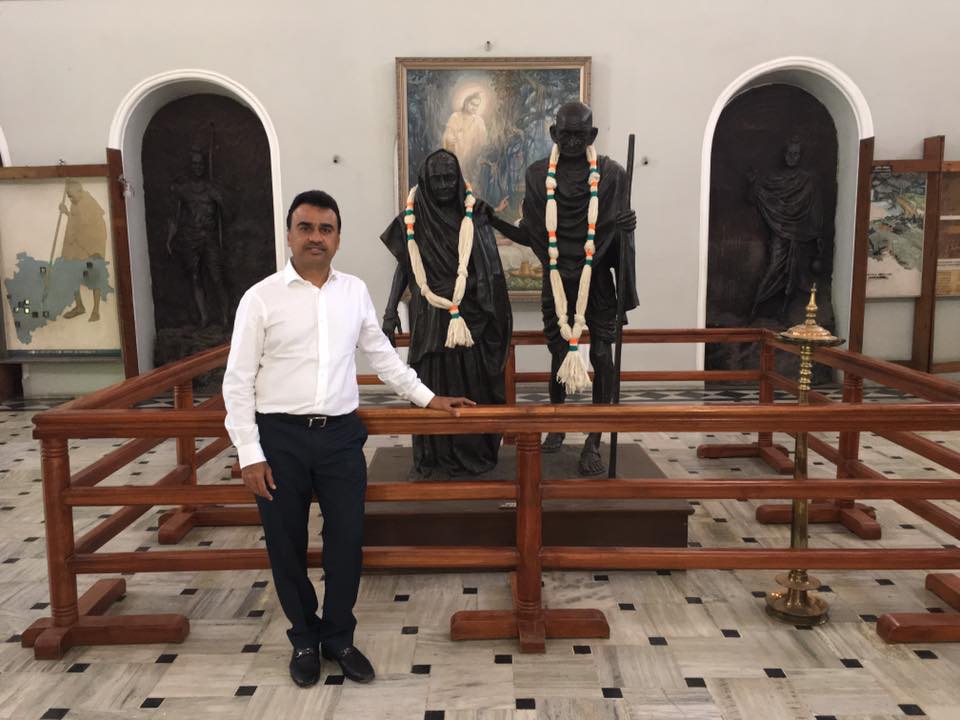
Rizwan Adatia, Chairman, COGEF Group and RAF Global
The Mozambique based entrepreneur has not forgotten his Indian roots and is a noted philanthropist. Through his Rizwan Adatia Foundation (RAF), he spends a considerable sum annually on developmental projects both in Africa and Asia.
Even when I had few resources, I tried to reach the needy. When fortune smiled at me, I did not waste time and established the foundation for the work I enjoyed the most – making others happy
Mentions the tycoon on his foundation’s website
Life in Africa
“When I first landed in Africa, I missed my mother a lot who loved me too much,” says Adatia in an interview with India News. The youngest of six siblings faced many challenges there as the language, culture and people were new. However, he carried on the struggle to establish a foothold, receiving immense support from his elder brother. He looked at the new country as an avenue to reach closer to his goals. “God is not just in temples or mosques; he is within each one of us. If you believe in yourself, God will give you immense strength to rise above yours fears and uncertainties,” he said during the interview, adding “cleanse your inner self to see God within you.”
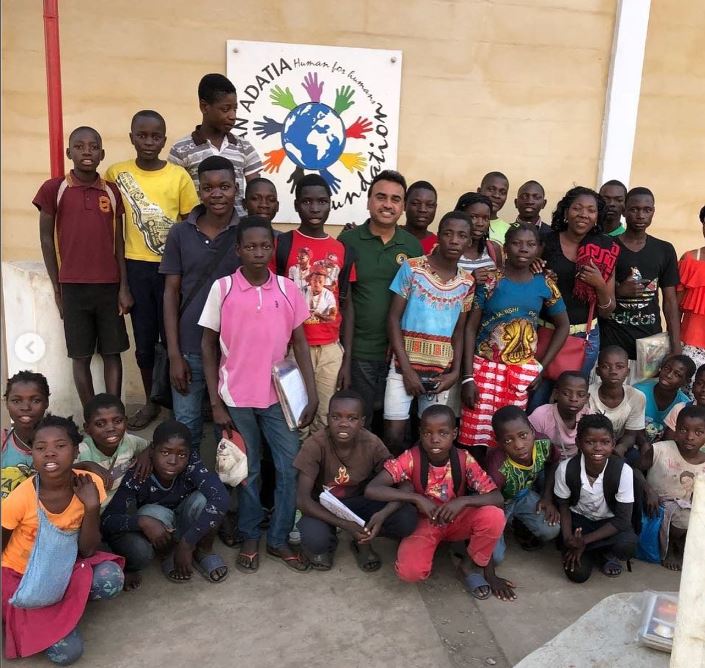
Working as a salesman in a grocery store, he dreamt big enough to start a store of his own after spending a few years of grooming his customer service skills and the other nitty-gritties of running a grocery business. There were many setbacks on the way but Adatia persevered, going on to establish a chain of stores. With time he expanded his business in sectors like manufacturing, retail, import and export, and warehousing. Today COGEF is the leading wholesaler, and number one player in the cash and carry retail market in Africa.
Dream big, if you want to go far. Make use of all the opportunities that come your way. If your dreams are big, then even if there is lack of opportunities or less financial support, you will be able to develop an inner strength to carry on, and reach far – Rizwan Adatia
Taking risks in his stride
Adatia has encountered a fair share of challenges in running a group of companies on a foreign land. When his first business venture was scaling new heights, his grocery store was massively destructed by local goons. Adatia was shattered but did not give up and built up the business from scratch, making it reach greater heights and finally shaping it into the COGEF Group – a multi-million-dollar business conglomerate.
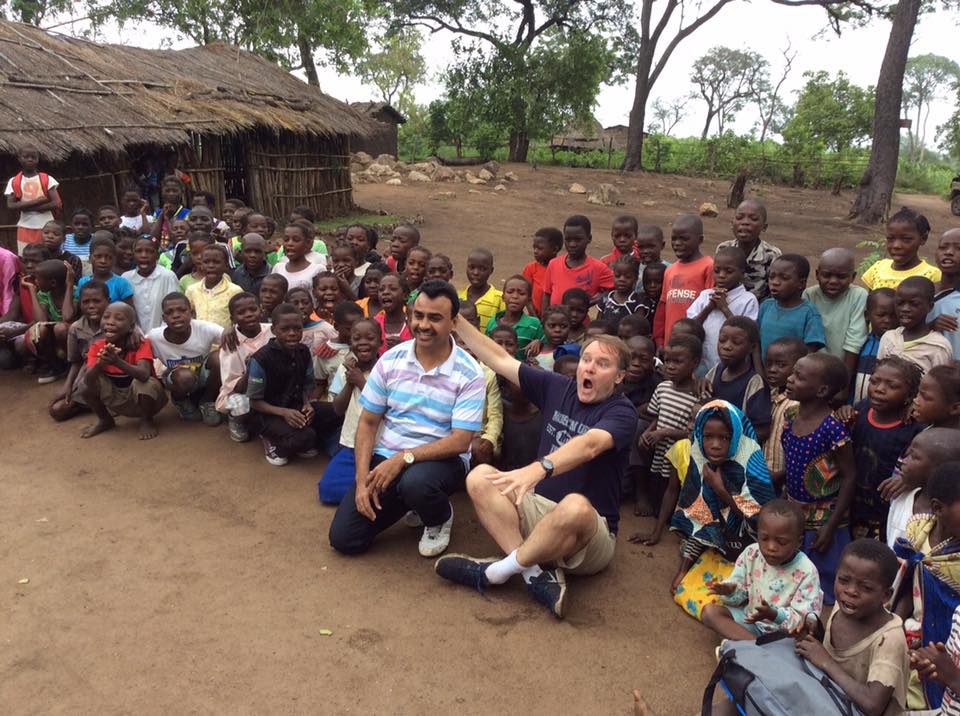
In 2020 the philantropreneur was kidnapped in Mozambique and released from its Maputo province. Undeterred, he continues to influence people about the virtues of doing good. “Money is not everything, Honesty is life. It gives us direction, respect of others and helps us be grateful to God for all we have,” he said during one of his motivational talks.
Giving back
Rizwan Adatia’s foundation, RAF Global, established in 2015, is committed to improving the quality of life of the most marginalised communities in Asia and Africa. Driven by a strong sense of service, he has been contributing a good part of his profits into a wide array of philanthropic causes, and socio-cultural development.
The international board of RAF Global consists of professionals of repute from different walks of life working in Asian and African countries to meet the foundation’s international development commitments and to ensure efficiency of its programmes.
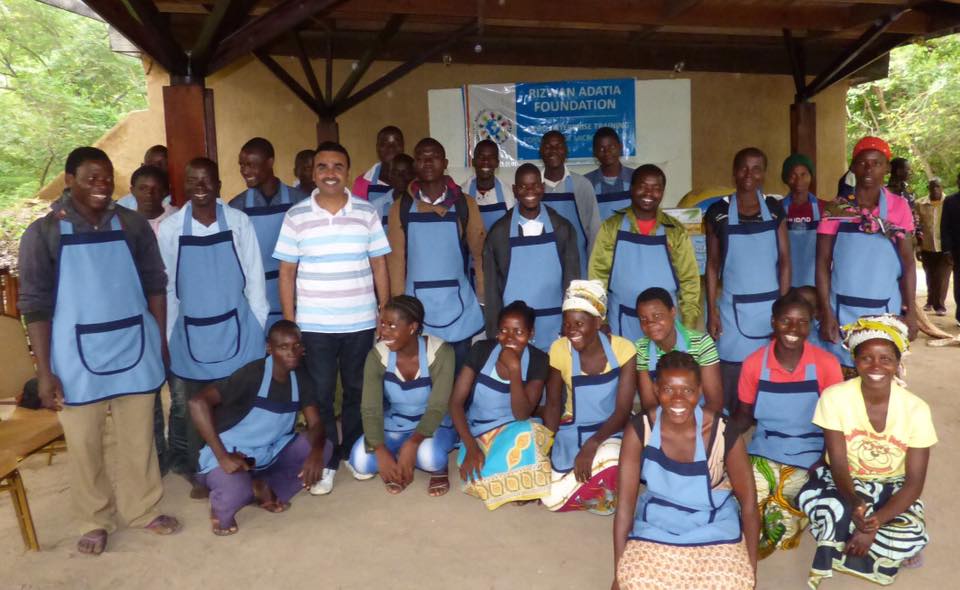
With the global head office in New Delhi, the focus of the foundation is on uplifting lives of people in need in countries like India, Democratic Republic of Congo, Mozambique, Madagascar, Swaziland, Afghanistan, and Bangladesh. The programmes of the foundation are aligned with the UN Sustainable Development Goals (SDGs).
RAF Global focuses on improving health systems and promoting food security in disadvantaged communities while encouraging self-reliance through economic inclusion for vulnerable citizens, especially women and children, and upskilling workers to promote employability.
We Indians should consider each other part of a large family. If we get together, we can contribute in addressing challenges faced by the people of our country, and also tackle several issues across the world – Rizwan Adatia
Reaching out to his home state, Gujarat
Since the philanthropist has his roots in Gujarat, the state is a major beneficiary of RAF. The foundation has built schools in earthquake-hit regions of Kutch, constructed girls’ hostels and donated public welfare funds. It has also adopted Junagadh’s Maliya Hatina village for its overall development. The philantropreneur celebrated his 50th birthday with 44 lonely senior citizens and differently abled couples of Gujarat, taking them to their first international trip to Singapore and Malaysia. On another occasion he had organised a cruise trip for 45 female senior citizens of Porbandar, his home town.
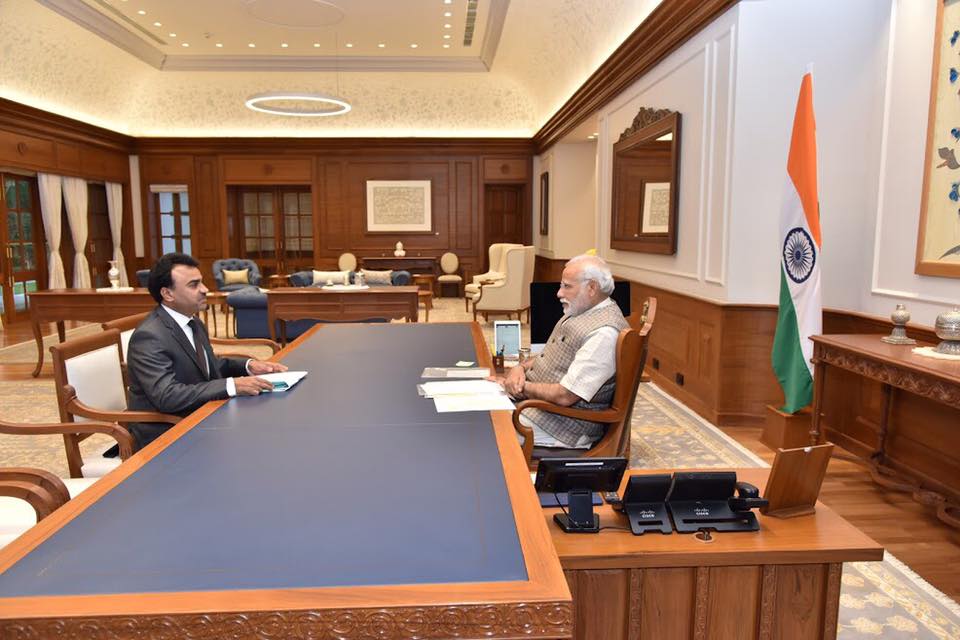
Rizwan Adatia with Prime Minister of India
Adatia is a motivational speaker who helps youngsters and entrepreneurs to scale new heights by promoting the idea of resilience and positive thinking. The entrepreneur believes in the magic of yoga. “Yoga has so much power that if you devote 10-15 minutes to it every day, you will be strong enough to face all challenges of both mind and body,” he advised youngsters in one of his speeches.
Talking in the context of Swachh Bharat Abhiyan the entrepreneur says:
It should not be only about cleanliness of our environment but also about getting rid of our inner shortcomings.
A film and a book
A film adaptation of the entrepreneur’s biography was out in the theatres in 2020. It portrays the life of a daring 10th failed guy who worked hard enough, without bowing down to challenges establishing 22 cash and carry supermarkets, 130 retail wholesale outlets, and four manufacturing units, employing more than 2,500 people in eight countries of Africa, generating goodwill along the way.
Money is like salt, it’s important but if it’s too much it spoils the taste – Rizwan Adatia
Both his biography and the movie stresses on the above message and showcase how while touching zenith the entrepreneur put his wealth to good use by reducing disparities in education, healthcare and economic development of the two continents close to his heart – Asia, his homeland and Africa, the land where he works.
Core Areas that Rizwan Adatia Foundation focuses on:
- EILSWY – Economic Integration and Livelihood Support for Women and Youth
- CSA – Climate Smart Agriculture
- HNI – Health and Nutrition Initiative
- ETP – Education and Technology Programme
- GGP – Good Governance Programme
- HR – Humanitarian Response
Follow Rizwan Adatia on Facebook, Twitter, Instagram and YouTube
Follow RAF Global on LinkedIn, Facebook, Twitter, YouTube and its website


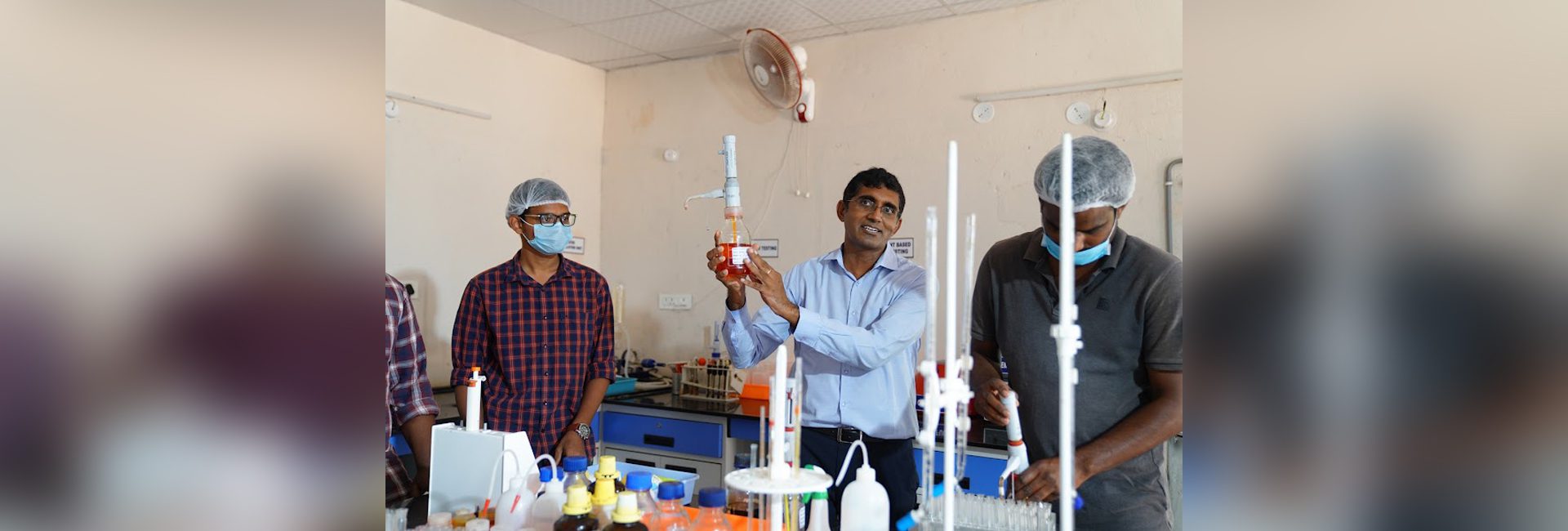
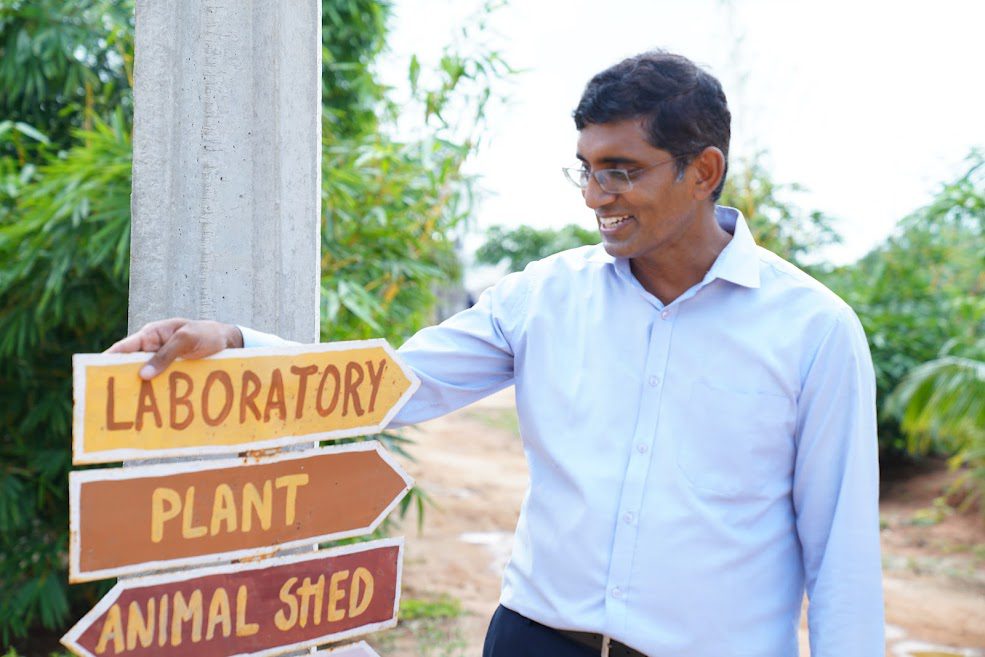 Kishore Indukuri[/caption]
Kishore Indukuri[/caption]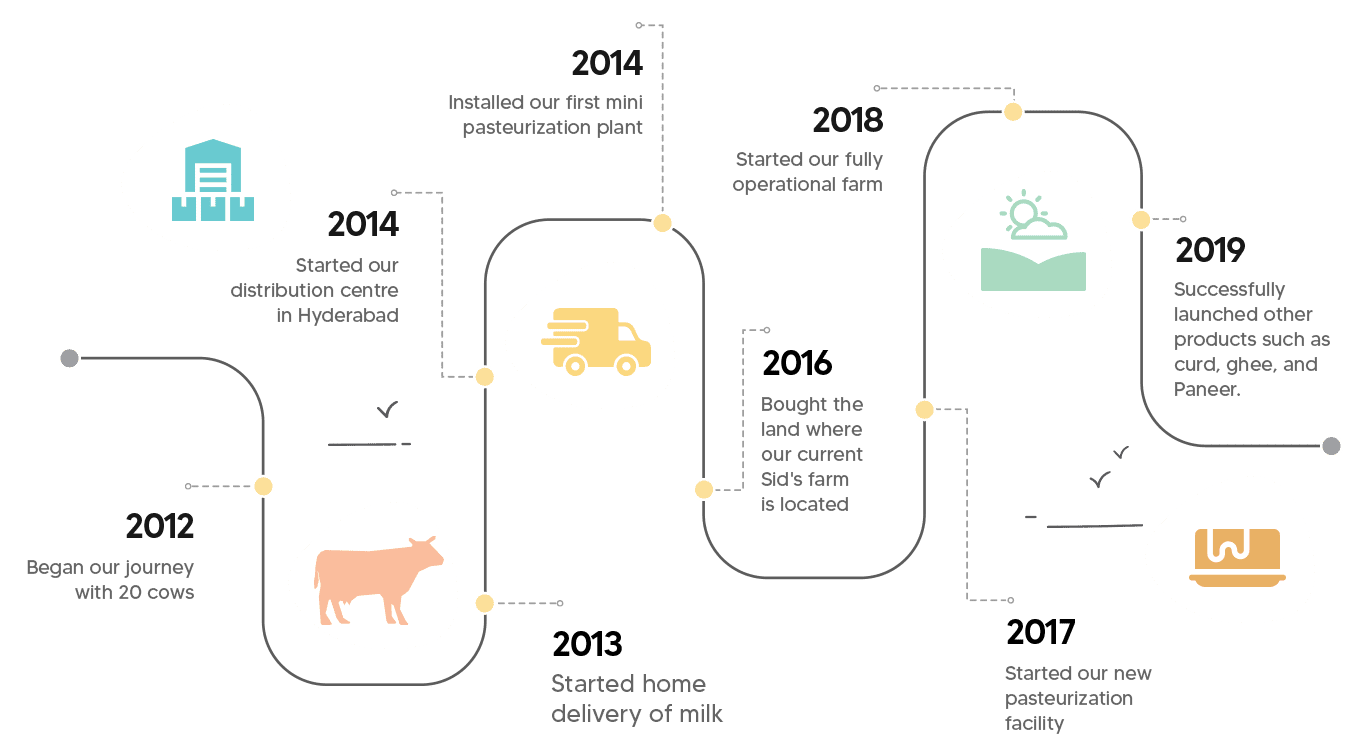 Graphic courtesy:
Graphic courtesy: 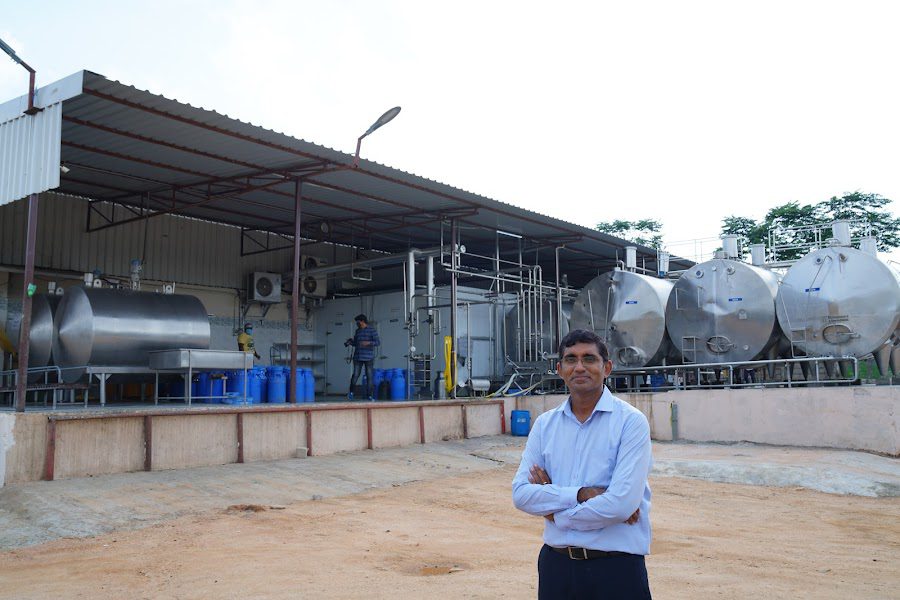

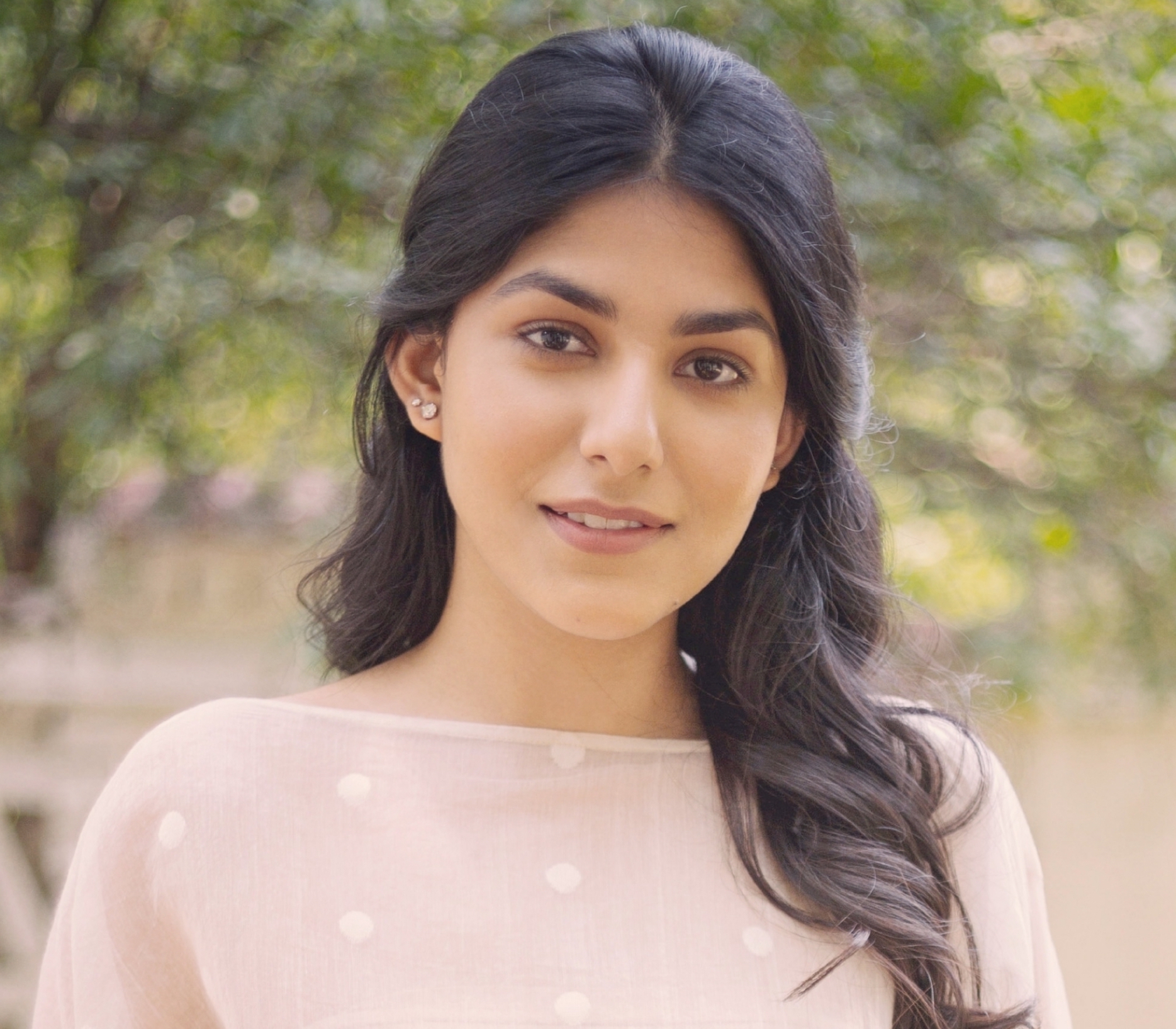 Sanya Malik[/caption]
Sanya Malik[/caption]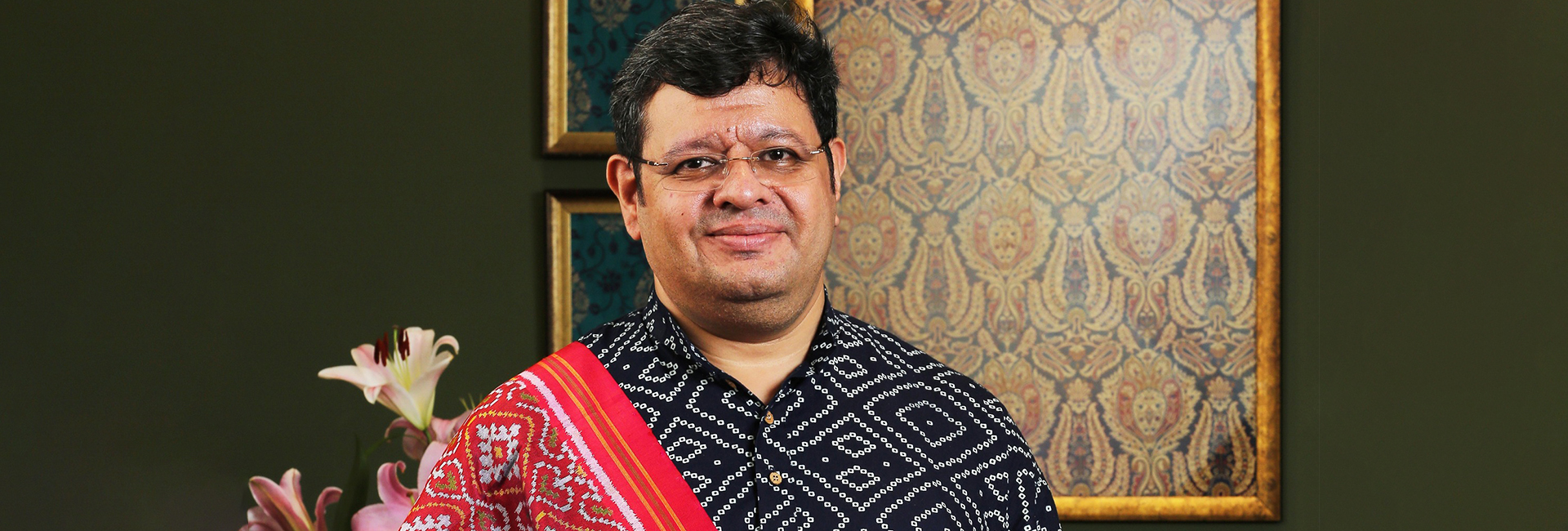
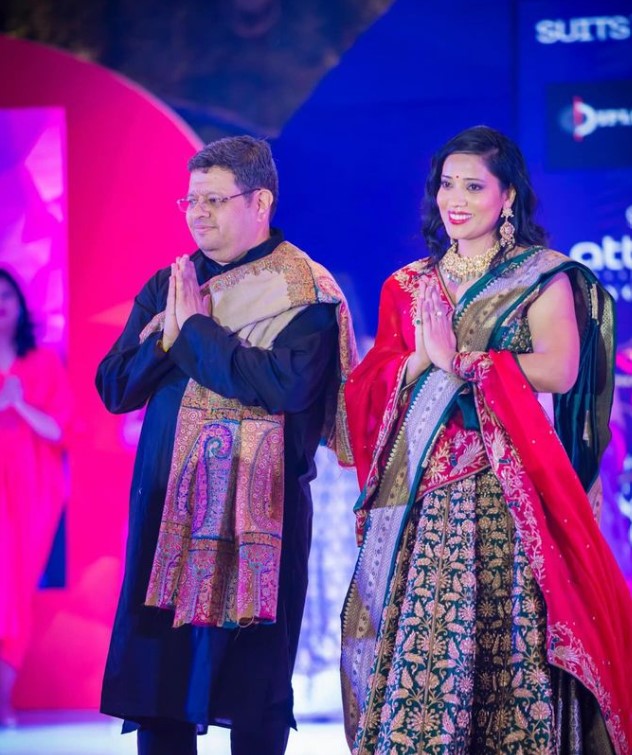 Nishant Malhotra at WeaverStory curated runway show at BNI4M2024 event[/caption]
Nishant Malhotra at WeaverStory curated runway show at BNI4M2024 event[/caption]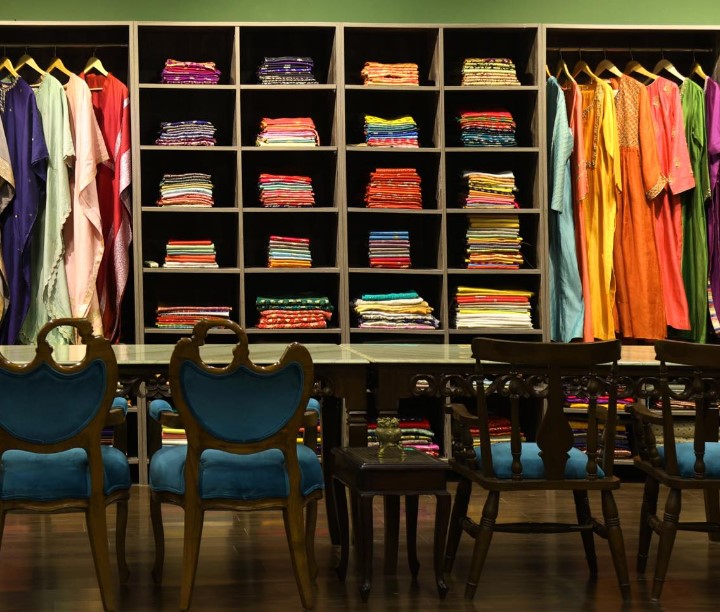 One of the WeaverStory stores[/caption]
One of the WeaverStory stores[/caption]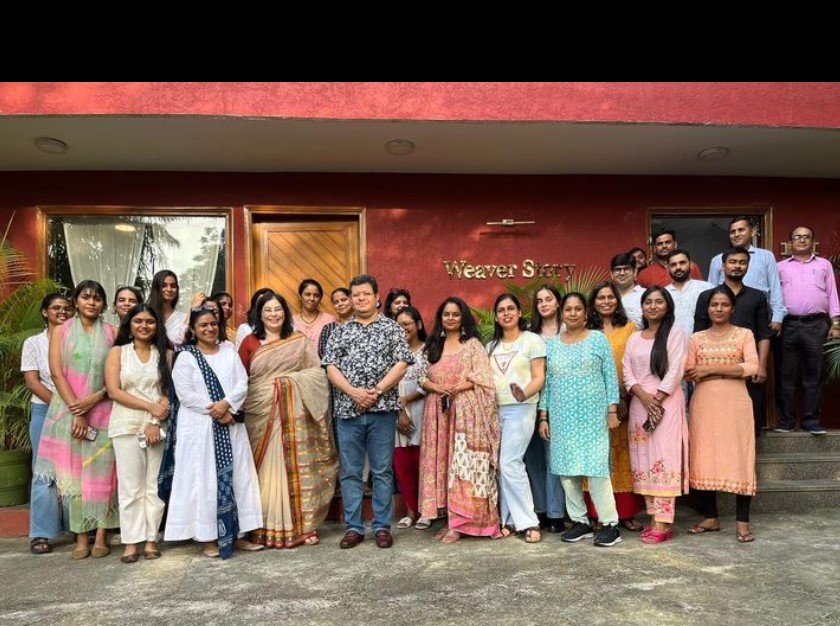 WeaverStory team[/caption]
WeaverStory team[/caption]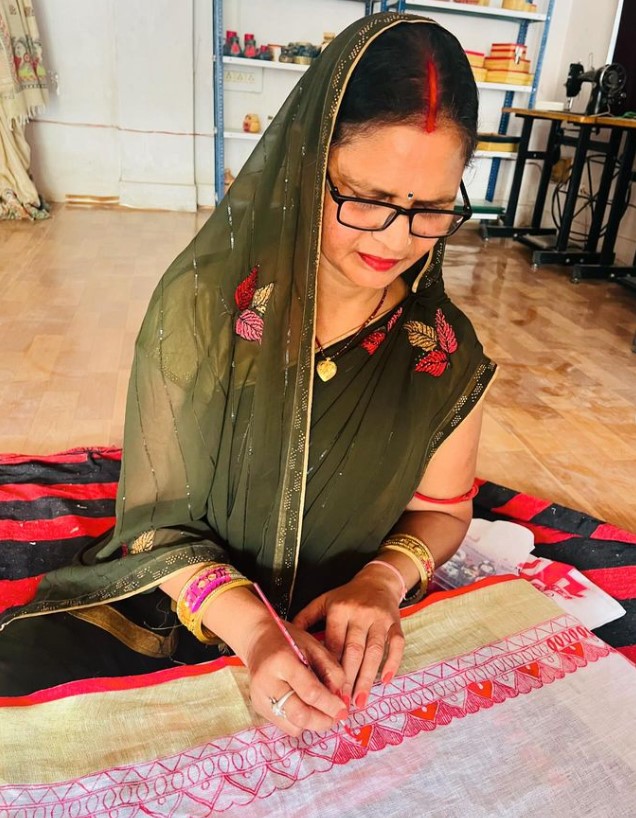 A Madhubani artist associated with WeaverStory[/caption]
A Madhubani artist associated with WeaverStory[/caption]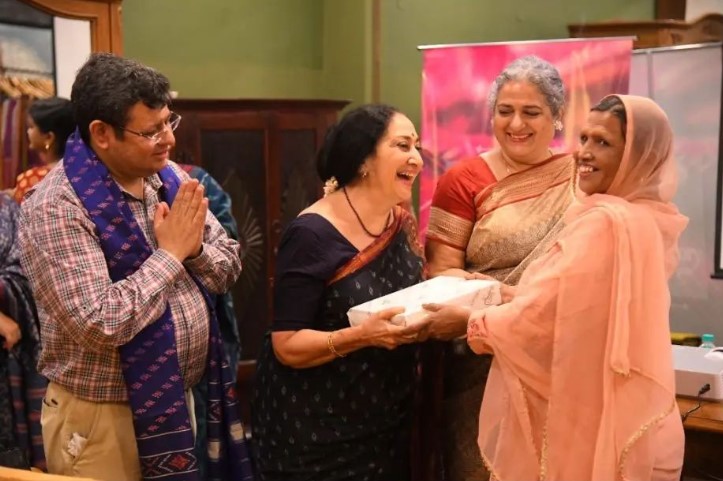 Naseem Bano (extreme right) is one of the weavers that WeaverStory works with to upskill village women artisans[/caption]
Naseem Bano (extreme right) is one of the weavers that WeaverStory works with to upskill village women artisans[/caption]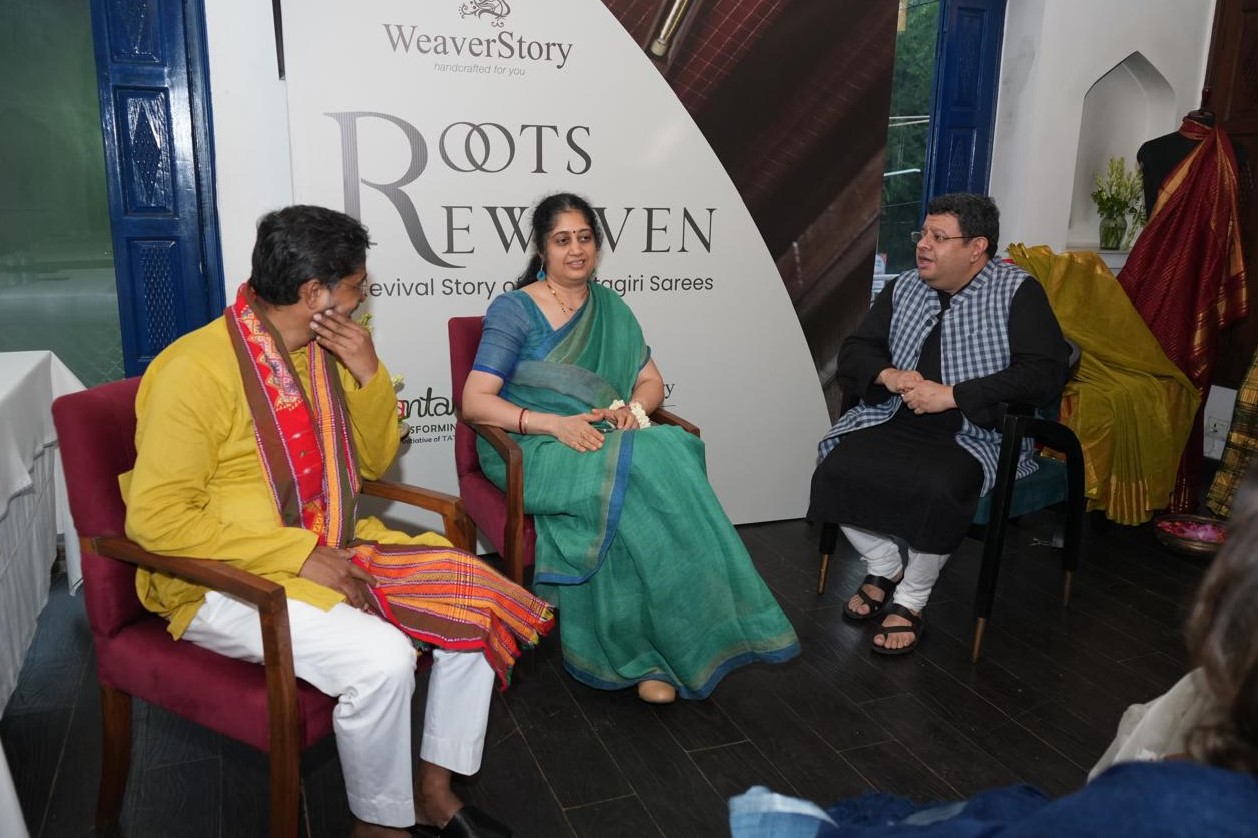 Nishant Malhotra with Mridula and Parvez Alam from Tata Trusts during the unveiling of Venkatagiri Revival Project[/caption]
Nishant Malhotra with Mridula and Parvez Alam from Tata Trusts during the unveiling of Venkatagiri Revival Project[/caption]
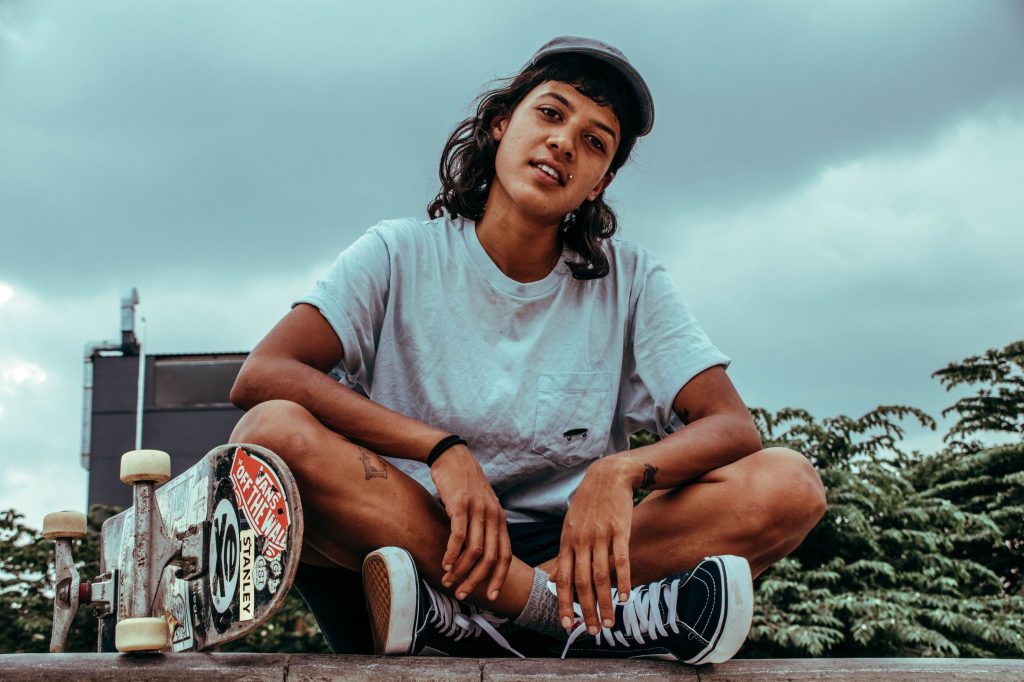 Atita Vergese[/caption]
Atita Vergese[/caption]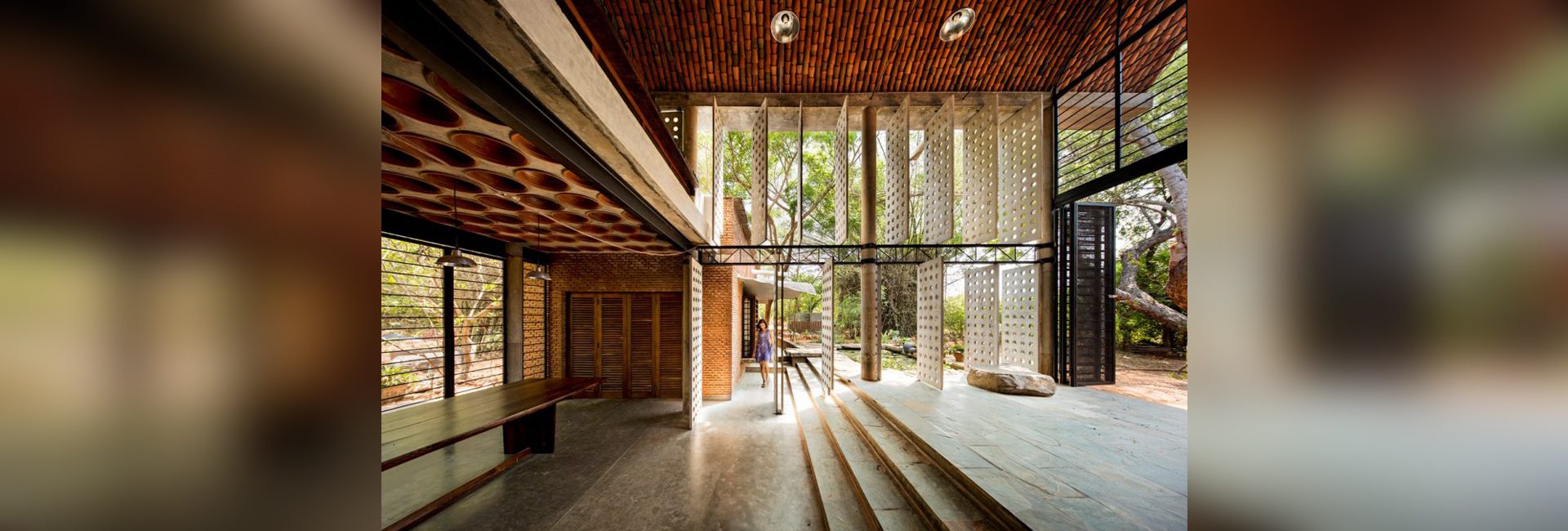
 Wall House at the Arsenale, Venice Architecture Biennale 2012. Photo:
Wall House at the Arsenale, Venice Architecture Biennale 2012. Photo: 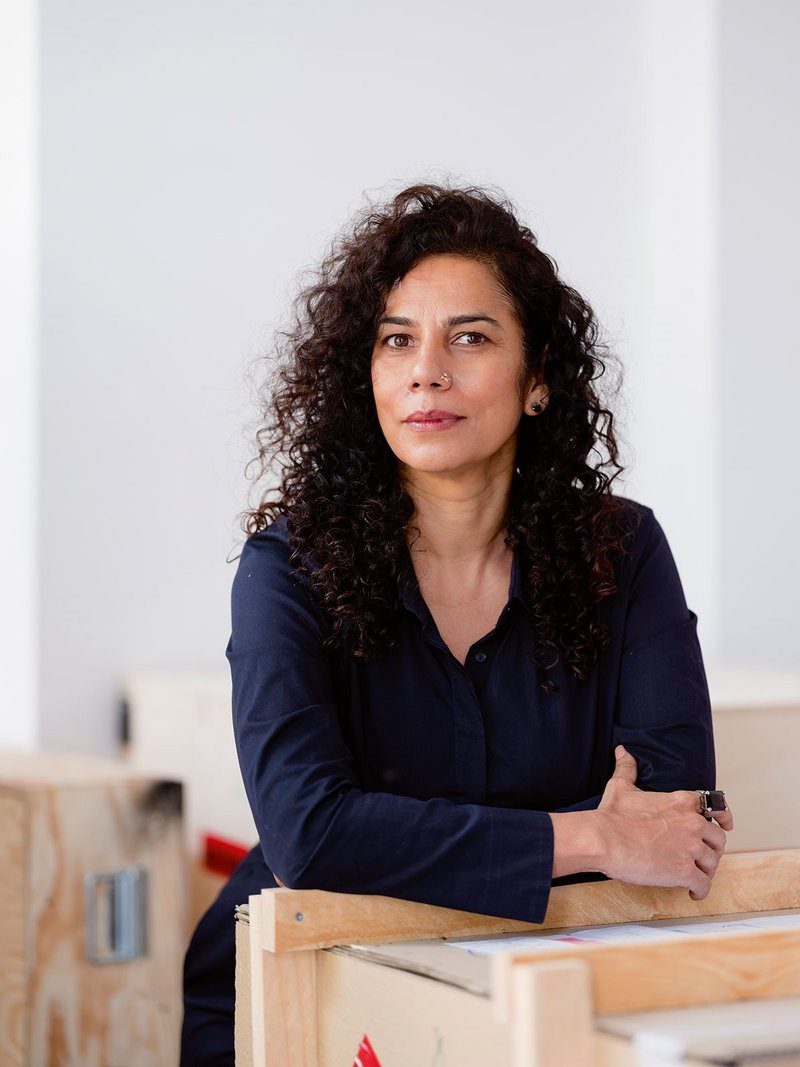 Anupama Kundoo (Photo by Thomas Meyer)[/caption]
Anupama Kundoo (Photo by Thomas Meyer)[/caption]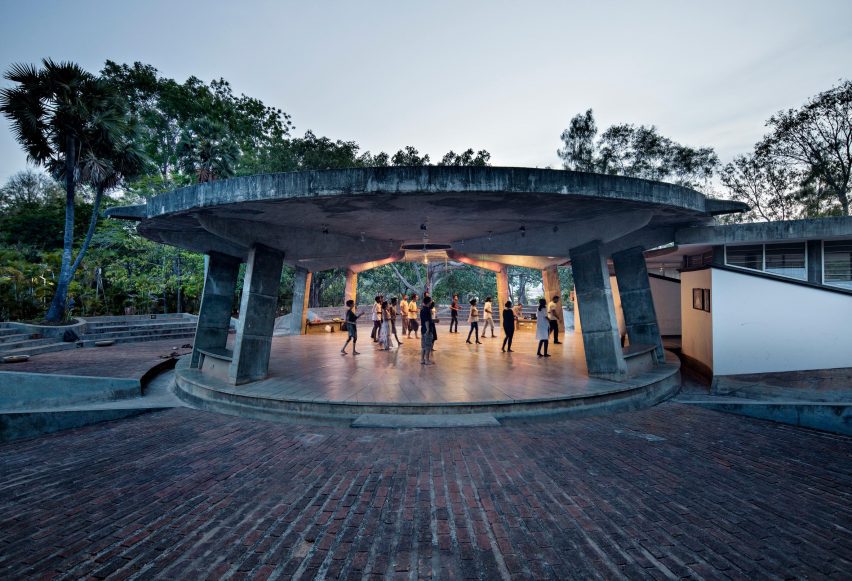 Multi-Purpose Hall, Sri Aurobindo World Centre for Human Unity[/caption]
Multi-Purpose Hall, Sri Aurobindo World Centre for Human Unity[/caption]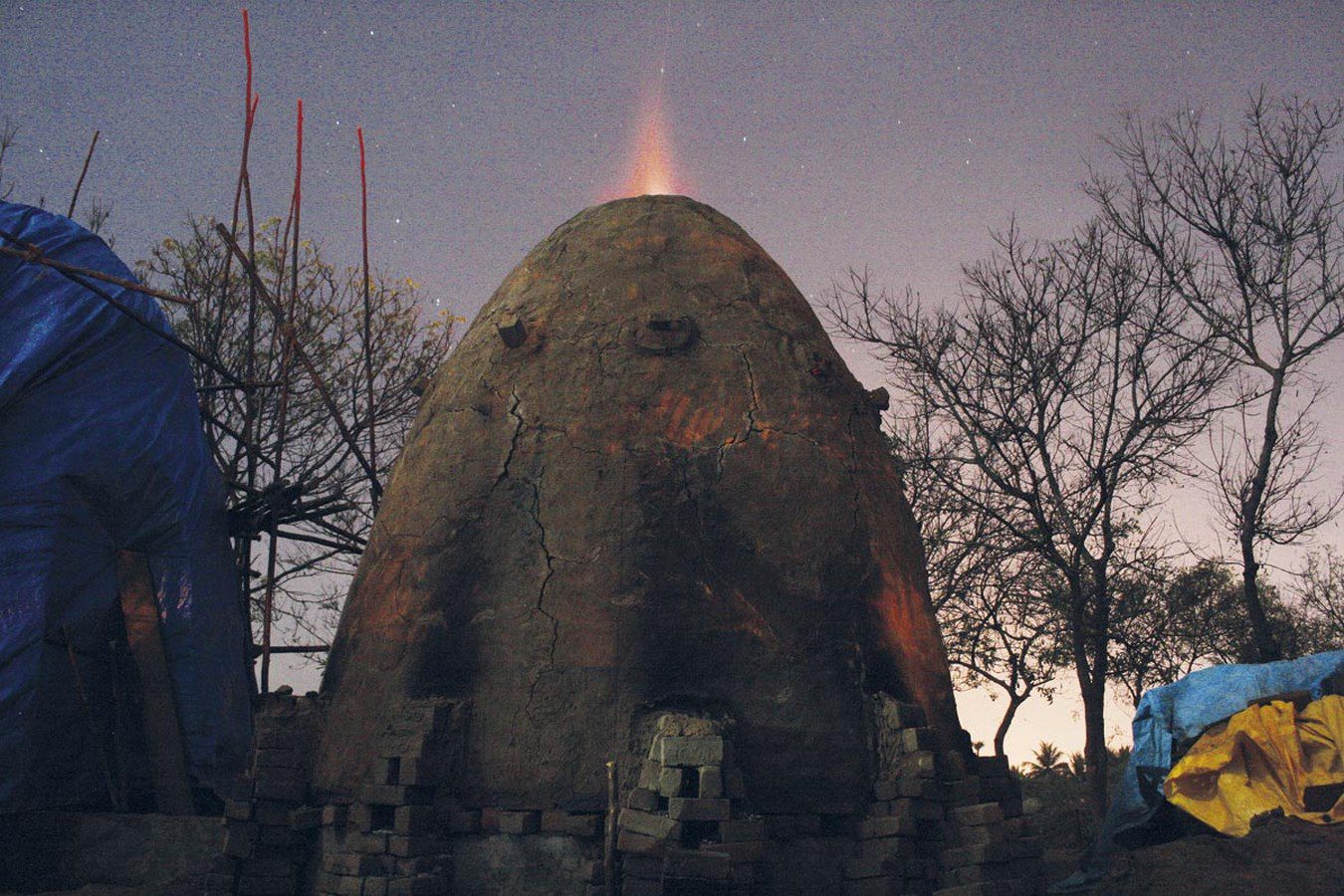 Volontariat Home for Homeless Children: Baking a mud house in-situ after constructing it.[/caption]
Volontariat Home for Homeless Children: Baking a mud house in-situ after constructing it.[/caption]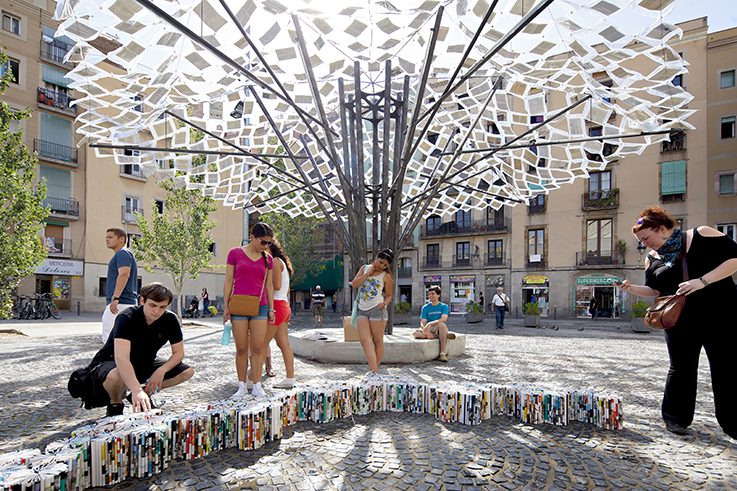 Unbound, The Library of Lost books at the Plaça de Salvador Segui, Barcelona. An installation by Anupama Kundoo, photo by
Unbound, The Library of Lost books at the Plaça de Salvador Segui, Barcelona. An installation by Anupama Kundoo, photo by
Excellent achievement by a enterprising young man. Should give more information about his business journey and achievement.
Excellent journey… should be shared at school level and should be part of business school training program which can inspire 1000 s across the globe 🌎🌍🌎